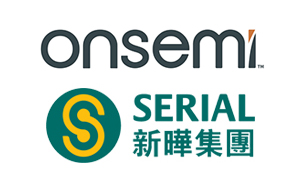LDM:
LDM: linear delay model, 最简单的cell delay 模型,计算公式:
D = D0 + D1 * S + D2 * C
其中,D0, D1, D2 是常值,S 是input transition time, C 是output load capacitance.优点:简单。 缺点:不精确。 现状:已淘汰。
NLDM: NLDM: Non-Linear Delay model, 在lib 中是几张index 为input transition 跟output load 的二维表,如果是多输入cell 每个输入到输出的delay 跟其他输入的状态相关,在lib 中会用 "sdf_cond" 跟 "when" 来表示。NLDM 是在仿真波形上采样三个点得到cell delay 跟output transition:
-
slew_lower_threshold_pct_rise/fall, 通常是工作电压的30% 或20%, 用于计算output transition.
-
slew_upper_threshold_pct_rise/fall, 通常是工作电压的70% 或80%, 用于计算output transition.
-
input/output_threshold_pct_rise/fall, 通常是工作电压的50%, 用于计算cell delay.
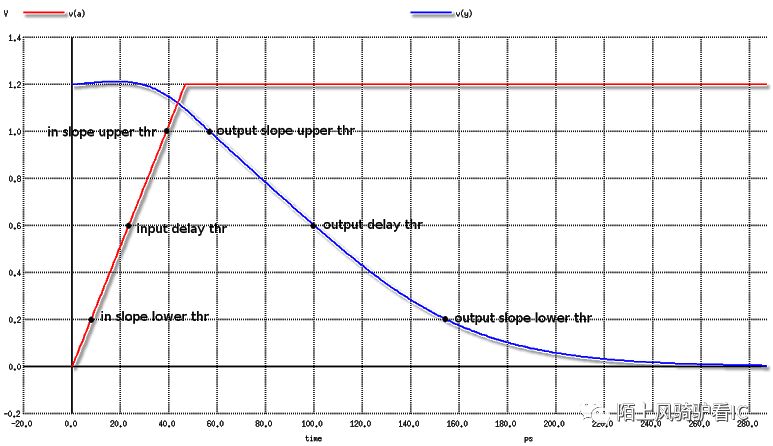
 因为NLDM 只采样三个输出点,所以不够精确,尤其是当驱动电阻Rd << Znet 时,所以65nm 之后的工艺需要更精确的模型,比如CCS 跟ECSM. 优点:简单明了。 缺点:不精确,无法模拟miller 效应,无法模拟先进工艺的各种效应。 现状:依旧在使用。
因为NLDM 只采样三个输出点,所以不够精确,尤其是当驱动电阻Rd << Znet 时,所以65nm 之后的工艺需要更精确的模型,比如CCS 跟ECSM. 优点:简单明了。 缺点:不精确,无法模拟miller 效应,无法模拟先进工艺的各种效应。 现状:依旧在使用。
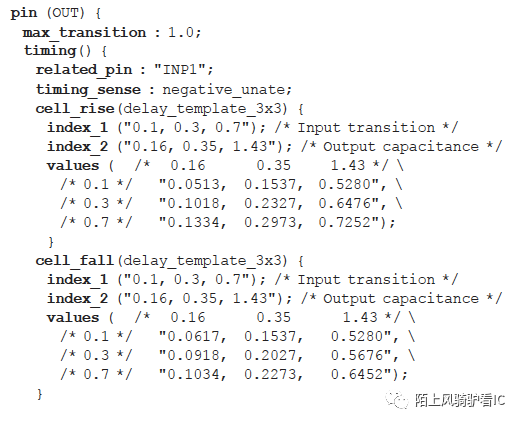
CCS, ECSM
CCS, Composite Current Source, 最早由S 发布,目前由IEEE-ISTO 旗下的LTAB <Liberty Technical Advisory Board > 维护。ECSM, Effective Current Source Model, 最早由C 发布,目前由SI2 旗下的OMTAB <Open Modeling Technical Advisory Board > 维护。
CCS 跟ECSM 本质上都是电流源模型,能够抽取电路模型,用于静态时序、功耗、噪声和电压降分析,相较于NLDM 模型具有如下优点:
-
High-Z interconnect
-
Receiver Miller effect
-
Dynamic IR-drop
-
Multi-voltage, and Dynamic Voltage and Frequency Scaling (DVFS) design
-
Driver weakening
-
Temperature inversion
-
Lithography induced variability

对于如上电流源模型,q=C*V, i = q/t, 所以可得 i * t = C *V. 其中:
q=charge stored in capacitor,
C=capacitance
v=voltage across capacitor
i=current
所以,可得:

公式一即是CCS 所用的公式,在library 中定义在output_current_rise 跟output_current_fall 中,有三个index 分别对应:
-
input_net_transition
-
total_output_net_capacitance
-
time
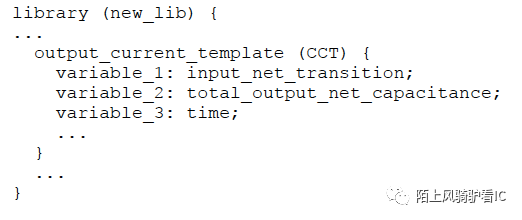
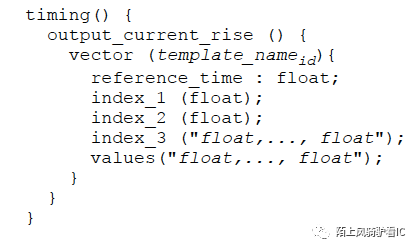
公式二是ECSM 所用公式,在library 中定义在ecsm_waveform_set 或ecsm_waveform 中,ecsm_waveform_set表中只有一个index 值是电压,表格实际上是一张64*N 列的表格,64 由 input net transition 跟total output net capacitance 决定,N 对应2% -98% 工作电压的采样。新工艺ECSM 推荐使用:
-
8-piece pin capacitances in ECSM timing libraries.
-
2% - 98% ECSM waveform range.
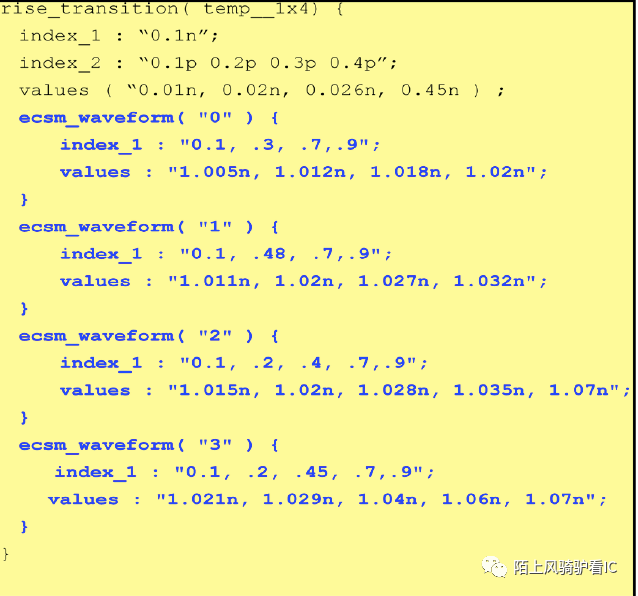
驴说IC
本文源自微信公众号:陌上风骑驴看IC,不代表用户或本站观点,如有侵权,请联系nick.zong@aspencore.com 删除!


 0
0


